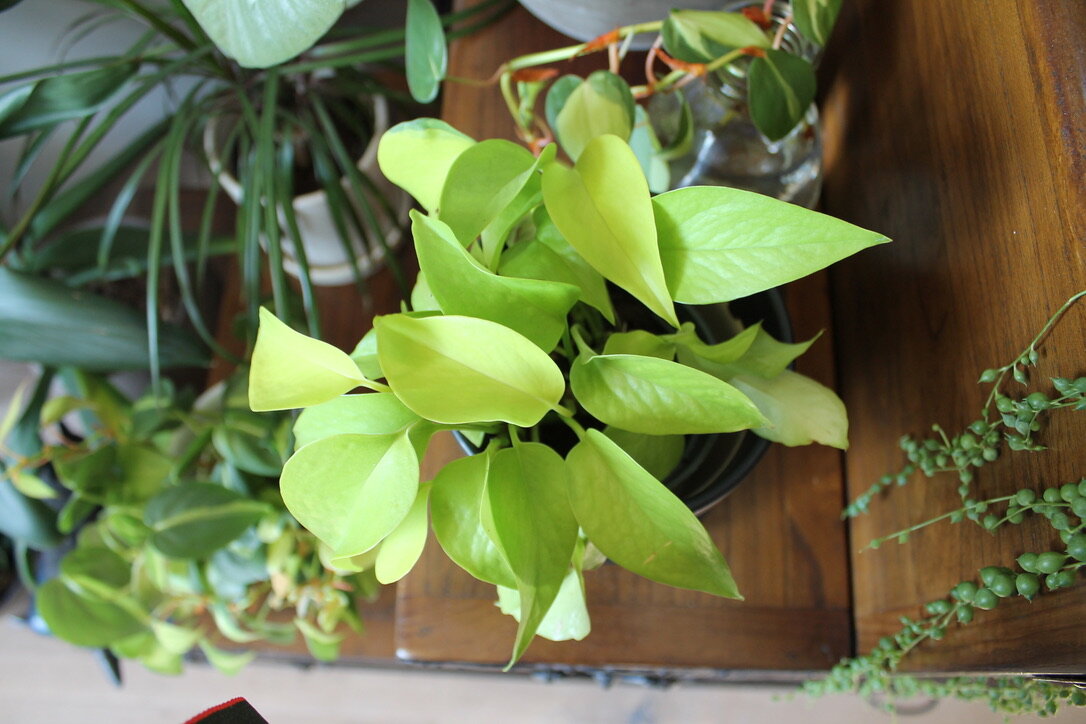
Acupuncture for Pelvic Pain
Pelvic Pain
An image of long, pointed green tropical leaves.
Endometriosis-related pelvic pain.
Endometriosis affects 1 in 10 and is the cause of pelvic pain in more than two-thirds of menstruating adolescents and adults. Dr. Lee has extensive experience and good success working with this type of pelvic pain.
An aerial view of a sharply winding road through a green space.
Vulvodynia.
Vulvodynia is a common vulvovaginal pain condition that can be local to one specific area or more generalized throughout the pelvis. Dr. Lee has investigated vulvodynia and found integrative health approaches offered needed relief.
An image of a rose frozen in ice.
Menstrual cramps.
Regardless of the cause, menstruating teens and adults often experience cramping and pain with their periods. It doesn’t have to be this way. With two decades of experience working with thousands of patients, Dr. Lee can help support you through your period.
How can we help?
It all starts with the two-part initial telehealth consult. If you are working with a doctor, we ask that you share your health records with us. Don’t worry, we follow all HIPAA regulations, and your records will be kept in an encrypted, password-protected, cloud-based electronic health record system.
In our first session, we meet for close to an hour and, our expert Dr. Lee will review your whole health and pain history. We will identify your goals, assess the primary areas where you want to focus, and determine modalities you can feasibly integrate.
In our second session, we will review your individualized plan. Our goal is to help you be successful and achieve your goals, but we aren’t interested in over-burdening you with too many things. More ≠ Better. We find the best approach is focusing on a few focused, high impact suggestions that you can consistently incorporate into your daily routine.
We then follow up with you every month for three months to check in on your progress and make modifications to your plan. If you need more or less support, we can see each other as little or as much as needed.





